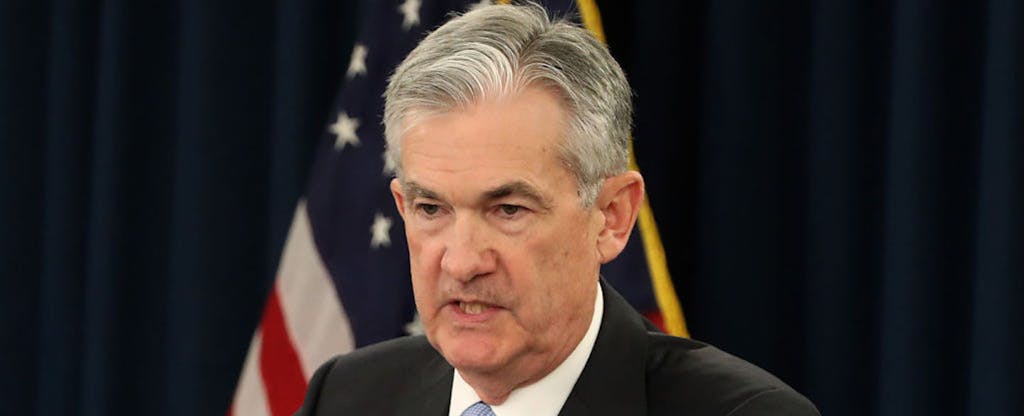The Federal Reserve this week announced plans to leave interest rates unchanged at a range between 2.25% and 2.5%. Officials also indicated they would be unlikely to raise rates this year.
If you have a credit card or a line of credit, you might benefit from the Fed’s decision because variable APRs tied to certain indexes may stay about the same rather than go up.
Although job gains have remained strong in recent months, the central bank cited slower growth in household spending and business investment in the first quarter as areas of concern.
By continuing a wait-and-see approach that the Fed adopted earlier this year, the central bank has signaled that 2019 may bring growth, but at a slower pace than was seen in 2018. But there may still be plenty for consumers to be upbeat about.
Want to know more?
- How has the Fed typically approached interest rates?
- Why has the Fed changed course?
- What does this change mean for you?
How has the Fed typically approached interest rates?
The Fed uses interest rates as a tool to help control inflation, with policymakers seeking a target inflation rate of about 2%. The thinking traditionally has been that interest rates can be lowered to jumpstart economic growth, or raised to cool an economy that might be growing too fast and causing inflation to rise too rapidly.
Since 2015, the Fed has engaged in a policy of steady rate increases as the economy experienced steady growth after the last recession. However, as the current economic expansion continues, the Fed has an opportunity to pause rate hikes to get a better idea of how the economy will behave.
Why has the Fed changed course?
The Fed has a mixed bag of data to examine regarding the U.S. economy. There are a number of indications that the U.S. economy is doing well, such as steady job and wage growth. At the same time, recent declines in consumer spending are raising concerns.
Faced with both positive indicators as well as uncertainties influencing the economy, the Fed has decided the best course of action is to continue observing the economy for the time being and leaving interest rates unchanged.
What does this change mean for you?
In the near term, if you have a line of credit, a credit card or certain types of other loans, you may see variable interest rates remain at current levels — which could mean interest payments won’t cost you any more than they do now. This is because variable APRs are tied to an index, and some indexes fluctuate based on changes to the federal funds rate.
If you’d like to keep up with what the Fed’s up to, you can follow its meeting calendar and statement releases here.


